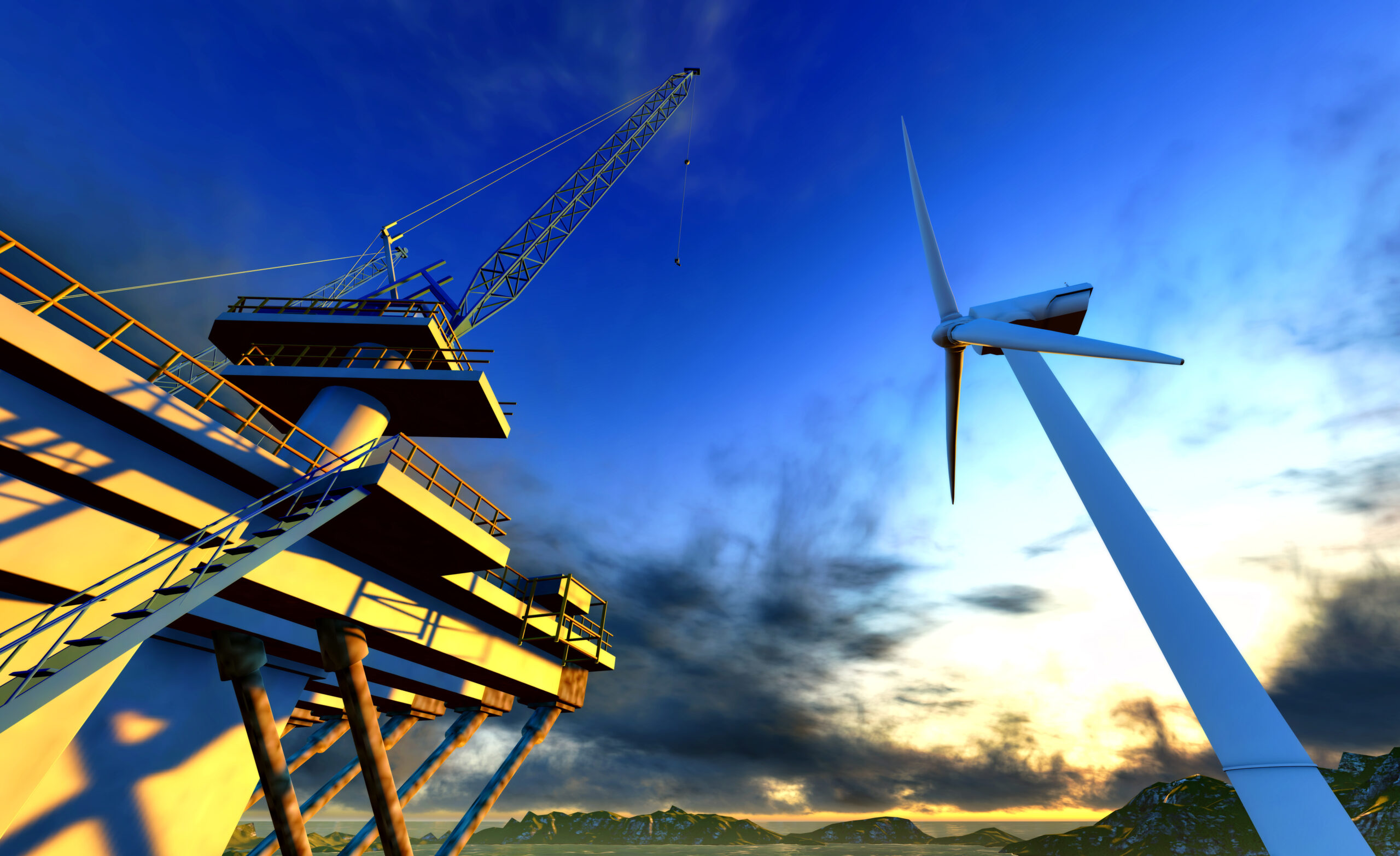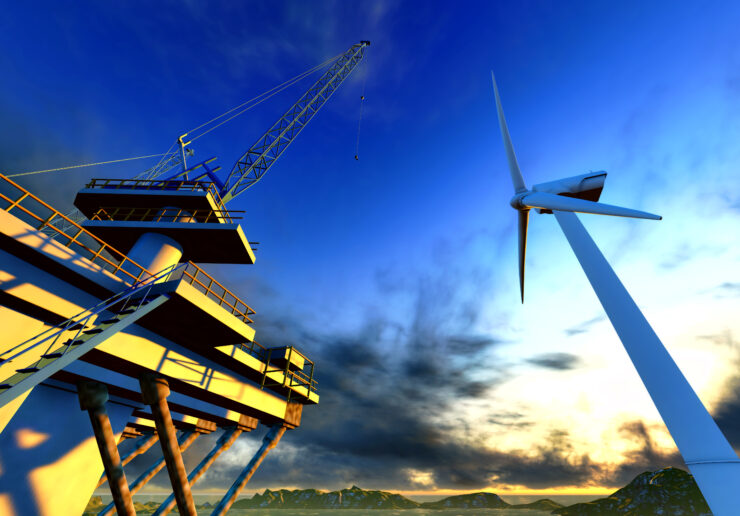
Humans are harnessing the wind’s energy with wind turbines, windmills, and other technologies that use the natural flow of air to generate electricity and reduce reliance on nonrenewable resources like coal. These methods are growing in popularity, not just in developed economies like the United States, but also across Africa and Asia where populations need new and cost-effective ways to power their homes, businesses, and schools.
Kloeckner Metals is a full-line supplier and service center. Kloeckner Metals combines a national footprint with the latest fabrication and processing technologies and most innovative customer service solutions. Request a quote today.
As of 2022, wind provides 9.8% of America’s energy. Investors feed about $20 billion annually into the industry, which employs 120,000 wind turbine builders and more. Wind power is inexhaustible, and it doesn’t produce any harmful byproducts or greenhouse gasses, as do other forms of power generation. Wind energy helps keep 329 million metric tons of CO2 emissions from entering the atmosphere annually. This makes wind power a good alternative to burning fossil fuels.
Metal fabrication is a crucial component of wind power for wind turbine builders.
Wind turbines are typically composed of metal blades and hubs, which are both fashioned by metal fabricators. When the blades rotate, they harness energy from the wind and convert it into electricity. This process would not be possible without the work of metal fabricators who create these components in their shops and factories.
Metal companies such as Kloeckner typically work with metals such as steel, aluminum, and stainless steel to create a variety of different products for different industries. When creating parts for the renewable energy industry, metal fabricators are usually working with steel because it’s strong enough to withstand constant movement from wind and high altitudes. Blades on wind turbines can reach up to 885 feet above ground level!
In the past, wind turbines consisted largely of aluminum and copper. As the towers grew, however, wind turbine builders found that aluminum was too heavy and copper too expensive. Today, steel usually forms 66% to 79% of the total turbine mass. Other metals may compose the drivetrain and cables.
Spiral welding is a manufacturing process used to help create wind turbine blades. Wind turbine blades are made from sheets of metal that are shaped and bent into shape to make blades. With spiral welding, an electric current is passed through the metal pieces to melt them together and create a connection between them. This creates a sturdy bond that is integral in the construction of a wind turbine blade.
Metal fabrication is the process of shaping metal by cutting, bending, and assembling pieces. It is an important part of renewable energy because it helps wind turbines get bigger and better.
Wind turbine blades are made out of gigantic sheets of steel that are folded and welded together to form a long blade shape. These blades are transported to the site where they will be used and then lifted into place with a crane. It’s difficult to imagine how these massive pieces could be transported without metal fabrication.
The market for wind is booming, and it’s largely because of the falling prices for wind-generated energy. In 2021, the wind energy market was valued at $77.77 billion, and experts project it will hit $174.75 billion by 2030.
Now, the cost of producing one megawatt hour of electricity through wind is around two to three cents per kilowatt hour. In comparison, coal costs about 3.2 cents and natural gas costs around 6.5 cents.
Wind energy has proven to be much cheaper than other forms of renewable energy, such as biomass, and tracks about even with solar energy.
The energy industry has been undergoing a major transformation due to the advent of renewable energy. While this shift may seem like a simple change, it’s actually very complicated due to the complexity of building wind turbines.
Many companies have turned to metal fabrication in order to help with this transition, but there are still some issues that need to be solved before they can help make wind power more affordable for everyone.
Wind turbines contain many different types of metals, including copper wiring and copper blades, which requires special attention during the production process because this type of metal doesn’t like exposure to oxygen or water.
There are two main types of wind towers, on-shore and off-shore. Generally, offshore towers are more efficient energy producers, benefitting from the higher wind speeds and lack of interference available at sea. Although aluminum can compose a higher percentage of offshore wind towers, both types rely heavily on steel.
On-shore towers are typically shorter than the off-shore towers and need to be anchored to the ground firmly, so they can withstand high winds. Off-shore towers can be taller and are held in place either by 3-6 floating anchors or by a monopile foundation, essentially a large steel spike driven into the ocean floor. Offshore wind towers also require thicker plates of flat-rolled steel to create the turbines.
Metal fabrication has played a major role in the renewable energy movement and will continue to do so for years to come. As wind power continues to grow and become more efficient, it’s important that we develop technologies and processes that can keep up with these advancements. And one of the most promising advancements is in metal fabrication.
Kloeckner Metals is a full-line supplier and service center. Kloeckner Metals combines a national footprint with the latest fabrication and processing technologies and most innovative customer service solutions. Request a quote today.

Steel base plates are fundamental elements employed in various manufacturing...
Metal fabrication is a critical process that transforms raw metal...
The solar industry has undergone a significant transformation by incorporating...

X
The Kloeckner Metals website uses modern technologies. Unfortunately, your browser doesn't support those technologies.
Download the latest version of one of these browsers to experience the site: